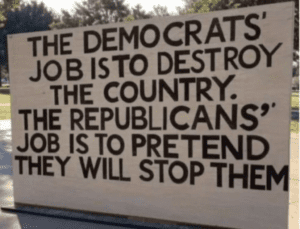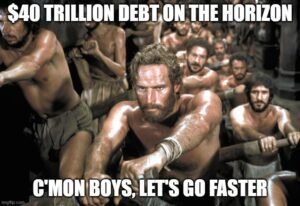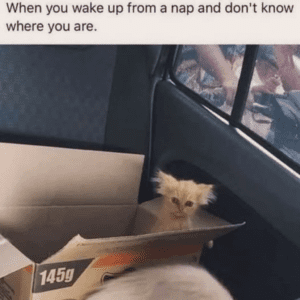Before we had High Frequency Traders (HFT’s) and Algorithmic Computer Trading (ALGO’s), stop-loss orders used to be a safe way to protect your portfolio.
NOT anymore.
In fact, they’ve become more dangerous especially during a “flash-crash” where investors have lost 50-60% more than their supposed selling price.
How is this possible?
First, let’s look at how a stop-loss order is supposed to work.
A small investor puts a standing order on the exchange to sell a stock at a pre-determined price. That price is under the current market price to “stop” additional losses if the stock keeps falling.
Once the stop-loss price is reached; the order automatically becomes a “Market Order” and is executed at the next market price.
In normal markets that means the price should be at or near the pre-determined price. However, in a flash-crash, the losses can be devastating for a small investor. (Hint: it’s computer generated)
Example: Let’s say you have a stop-loss price of 50 on your stock that’s trading at 52. A flash-crash occurs on your stock and it falls below 50. You now have a market order but (here’s the painful part) then next trading price is 31 and BAM, your order is filled. You now lost 38% more than you anticipated.
Adding insult to injury the stock “miraculously” recovers by the end of the day and closes at 50 ¼.
OUCH!
You scream and holler to your broker to no avail. They’ll say they’re sorry but “nothing can be done to fix it.” It’s the old “nothing to see here, move along” treatment.
You don’t have to lose a fortune in a flash-crash.
Find out how to protect yourself in the December issue of Simplifying Wall Street in Plain English where we feature an article The Good, Bad, and Ugly Scenes in a Flash-Crash.
Go there now (LINK)
You’ll thank us later,









